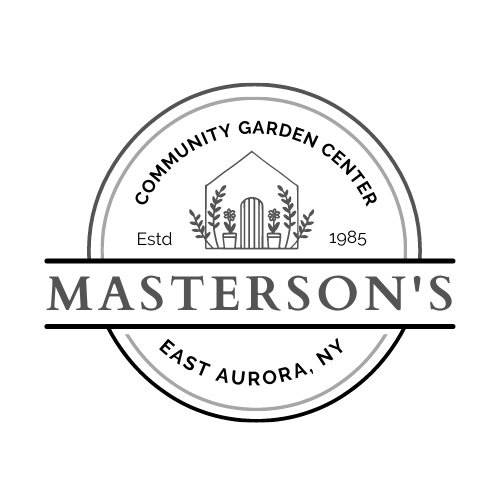Algae Friend or Foe?
The problem that we are asked to solve most often is excessive algae growth. Where is that algae coming from and why is one pond as green as pea soup while another is crystal clear? A basic understanding of your pond’s ecosystem and what makes algae grow will help you control it with minimum cost and effort.
First, you must understand that algae is an essential part of the food chain and an important factor in keeping your pond balanced. A balanced pond provides a healthy environment for fish, frogs and other aquatic life, as well as adding beauty to the landscape. Remember that you are maintaining a pond with a natural ecosystem, not a pool with a sterile environment. No matter how hard you try, you will not completely eliminate all types of algae; they are part of a healthy ecosystem.
What is algae and where does it come from?
Algae are single celled plants that have no roots, stems, or leaves. There are thousands of known varieties. Algae spores exist just about everywhere, from spores blown by the wind, to the water that comes out of your faucet. The most common types found in the pond are the ‘pea soup’ algae that turn the water green (sometimes brown) and the ‘string’ or filamentous algae that cling to just about any surface area available. Controlled growth is the goal, not elimination.
Algae Produces Oxygen
All plants, including algae, absorb nutrients, convert the nutrients to tissue growth, and give off oxygen as a by-product. The fish, tadpoles, snails and other aquatic life in your pond require oxygen to survive. Algae are simply nature’s way to absorb excess nutrients and provide oxygen. Therefore, the best way to control algae growth is to balance your pond with desirable aquatic plants to absorb the available nutrients and starve out the algae.
Most Common Causes of Excessive Algae
Too many fish
Too few plants
Over feeding fish
Feeding with a low quality food
Inadequate circulation
Inadequate filtration
How Long Should it Take to Clear the Water?
Every pond is unique in its own way so this is difficult to answer. It may take only a couple of weeks but can take a few months in some cases. There are many factors to consider including the time of year, amount of sunlight, number and size of fish, circulation, filtration and more. The good news is that once a pond has aged and balance has been reached it’s relatively easy to maintain.
Patience is a Factor
Patience is a key ingredient when establishing a new ecosystem. You can do some things to speed it along but it still takes time for things to settle down. Whatever you do, DO NOT give in to changing the water to attempt to clear things up. You will simply start the balancing process all over again.
Things to Remember
You are maintaining a pond, not a swimming pool
Algae is found everywhere
Algae is a healthy part of pond life
Algae is an essential part of the natural food chain
Algae needs sunlight and nutrients, use plants to shade the surface of the water and to absorb nutrients
Your pump should move the volume of your pond every hour
Your biological filter must be matched to the flow rate of your pump
Excessive use of algaecides can negatively affect beneficial bacteria
Preventative maintenance is the best defense
What you Should Do
Add beneficial bacteria regularly, we use Microbe-Lift PL
Know the volume of your pond and treat accordingly (LxWxDx7.5=gallons)
Add plants such as water lilies, oxygenators, and water hyacinths
Use enough surface plants to cover 60% of the water’s surface area
Do not over feed your fish
Feed only with a high quality food to minimize waste
Do not over stock with too many fish
Add barley straw extract to retard algae growth
Use algaecides to remove existing problems but not as a long term cure. Algaway liquid and Green Clean granular algaecides are very safe and effective when used according to directions
Keep sludge accumulation to less than ¼”
Consider installing a UV sterilizer if green water is a persistent problem
Add a skimmer to reduce the amount of debris on the bottom of the pond

